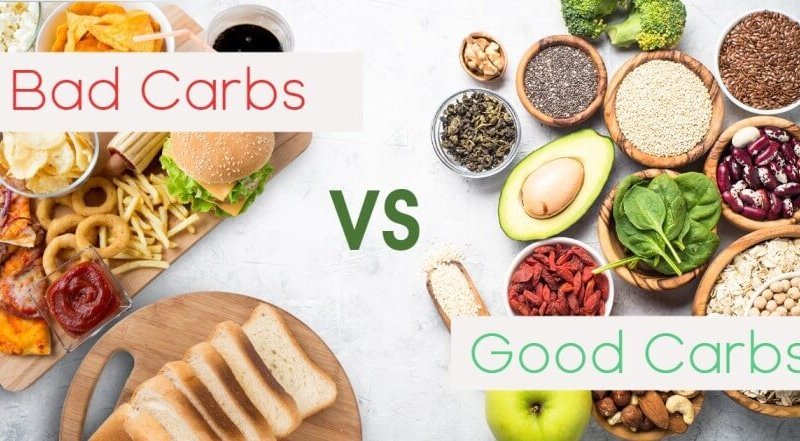
A good guide to good carbs: The glycemic index

If you have diabetes, you know all too well that when you eat carbohydrates, your blood sugar goes up.
The total amount of carbs you consume at a meal or in a snack mostly determines what your blood sugar will do. But the food itself also plays a role. A serving of white rice has almost the same effect as eating pure table sugar — a quick, high spike in blood sugar. A serving of lentils has a slower, smaller effect.
Picking good sources of carbs can help you control your blood sugar and your weight. Eating healthier carbohydrates may help prevent a host of chronic conditions, especially diabetes, but it is also associated with a lower risk of heart disease and certain cancers.
One way to choose foods is with the glycemic index (GI). This tool measures how much a food boosts blood sugar.
The glycemic index rates the effect of a specific amount of a food on blood sugar compared with the same amount of pure glucose. A food with a glycemic index of 28 boosts blood sugar only 28% as much as pure glucose. One with a GI of 95 acts like pure glucose.
Glycemic index chart

Choose low glycemic foods
Using the glycemic index is easy: choose foods in the low GI category instead of those in the high GI category (see below), and go easy on those in between.
- Low glycemic index (GI of 55 or less): Most fruits and vegetables, beans, minimally processed grains, pasta, low-fat dairy foods, and nuts.
- Moderate glycemic index (GI 56 to 69): White and sweet potatoes, corn, white rice, couscous, breakfast cereals such as Cream of Wheat and Mini Wheats.
- High glycemic index (GI of 70 or higher): White bread, rice cakes, most crackers, bagels, cakes, doughnuts, croissants, most packaged breakfast cereals.

Content source:
